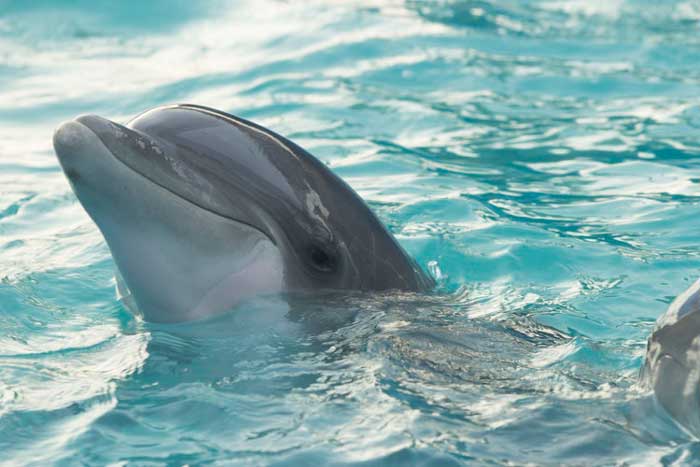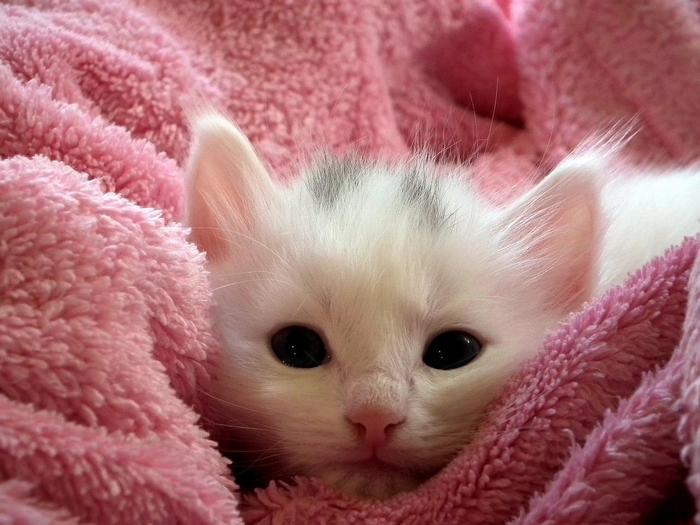Modern people often create impressive new technologies, watching wild nature. It often happens that the newest devices and systems were invented by nature millions of years ago, and everything that was left for the human beings was to take a closer look at the world around them and be ingenuous to copy these solutions. This review contains ten technologies that animals have “mastered” earlier than people.

1. Air brakes
For sure, everyone saw flaps on the wings of the plane open before landing. They are designed to improve the bearing surface of the aircraft wing when it slows down. Birds have their own version of this clever technology – specially adapted feathers.
Bird feathers are subdivided into secondary and primary oar feathers, some of which are very important for flying, while others are mostly for decoration. At the front of the birds’ wing, there is the so-called “winglet”, or alula. “Opening” these feathers, a bird can stabilize its flight or land at a slow speed.
2. Sonar
Vessels and submarines are often equipped with sonar for navigation, as well as for tracking targets and obstacles under water. The sonar works by emitting a sound with a certain frequency, that is, by spreading sound waves into the surrounding space. These sound waves are reflected from solid objects and return to the sonar device that emits them. Then the device collects information about the shape, the size of the objects and the distance to them.
This device is very useful in the military sphere, but whales and dolphins were the first to “invent” it. These amazing animals can distinguish even very small underwater objects at a distance of 15 meters, using their own natural sonar. It is believed that animals use their sonar for orientation in the environment, as well as to search for food and other individuals of their kind. Interestingly, the military sonar is so similar to the whale sonar that it even uses the same frequency: from 100 Hz to 500 Hz.

3. Bioluminescence
Millions of years before people invented candles and lamps, marine inhabitants had been using bioluminescent glow. Bioluminescence is also used by fireflies and even some species of fungi. All these organisms evolved to glow in the dark for various reasons: attracting individuals of the opposite sex for mating, luring victims, scaring off predators and communicating.
A lot of research has been done on the possibilities of using bioluminescence as biotechnology. The main chemical substance in this reaction is luciferin, which various companies now try to use in street lamps and in some types of medical procedures.
4. Solar energy
A group of scientists have recently examined spotty salamanders and found that the embryos of these animals contain algae that live inside their cubs before they are born. Algae survive by consuming the waste produced by salamander embryos and produce energy and nutrition for the development of embryos. These salamanders (which are amphibians rather than reptiles, such as lizards) grow their children through photosynthesis – the same process that leaves on trees use to convert sunlight into energy. Similarly, photovoltaic cells (solar cells) convert sunlight into electricity.
5. Ultraviolet
People are constantly exposed to ultraviolet radiation, but they cannot see it with the naked eye. That’s why it’s so easy to get a sunburn. To see UV radiation, one has to resort to the help of special devices. But chameleons have an opsin protein in their eyes, so they, like many other reptiles, insects, birds and marine inhabitants, can see the ultraviolet rays.

6. Agriculture
Agriculture may seem the most conservative industry, but it has changed quite a lot over the past 50 years. But even today there is a whole lot of problems in animal breeding. Solutions can be borrowed from ants. Recently, scientists have discovered that ants surround their territories with “chemical traces,” and thus they do not release the aphids that they “milk” from special “farms”.
7. Sound insulation
To achieve sound insulation, people use combinations of insulating layers, absorbent materials, etc. Owls also use sound insulation, however, for other purposes. To catch prey, the owl must be noiseless because rodents have an incredibly sensitive ear. Birds manage to be inaudible thanks to the special elastic porous tips of feathers on the edge of the wings that can absorb and suppress most of the sound vibrations arising during the flight.
8. Cloning

Thanks to the famous Dolly sheep, people have learned about the new technology of cloning. Is this process really new? Starfish are reproduced in a similar way, essentially cloning themselves. In addition, if a starfish has a damaged limb or even if its body is split in half, the creature can be restored. Some species of sea stars even have the ability to grow a new body from a part of a cut limb.
9. GPS
Migration of birds is still a mystery for scientists. There are many versions of how birds learn where to fly – the position of the sun, the starry sky, the sense of smell, the use of the Earth’s magnetic field, etc. But none of this fully explains how birds can move so successfully and regularly reach distant places, often in extreme conditions. It seems that the birds have a “built-in” advanced GPS technology in their brain, which is far ahead of human capabilities.
10. Retractable blades

An ordinary domestic cat is just a super-tech device. It has retractable sharp claws. For example, when a cat is washing, its claws are drawn inside the soft “nests” in its paw. Some believe that this inspired the inventors to create a pocket penknife.










